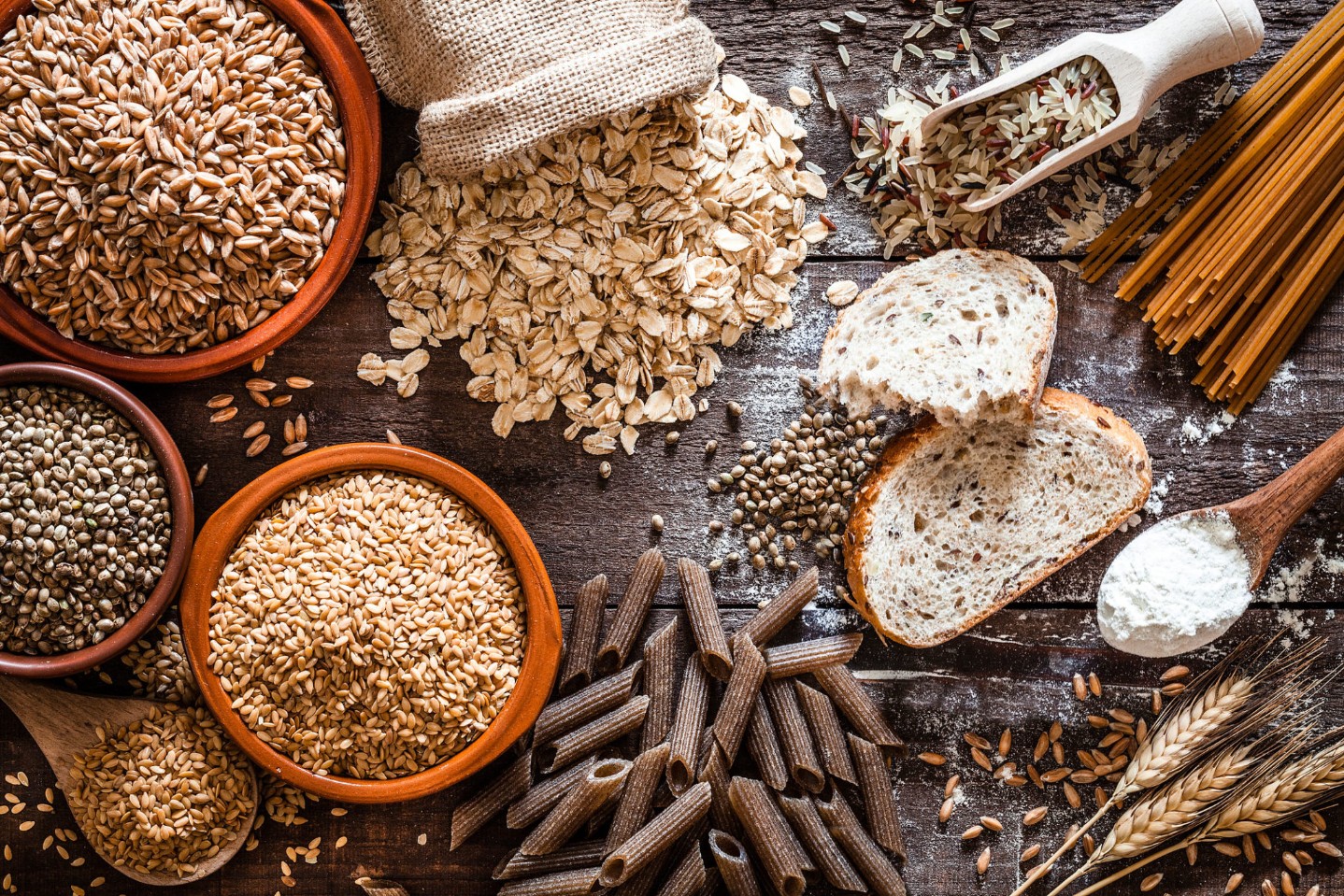Eating a gluten-free diet isn’t necessarily harmful to people who don’t need the medically required diet – but how healthy is this lifestyle? Will it provide adequate sources of vitamins, minerals, and fiber? Can it overload one with refined carbohydrates and fat? Will it put one at risk for obesity, diabetes or heart disease?
People following a gluten-free diet often consume less than the recommended amounts of folate, B-vitamins, iron, calcium, fiber and grain servings. A 2002 study showed that a strict adherence to a gluten-free diet for 8-12 years resulted in a higher total plasma homocysteine level than the general population, indicating poor vitamin status (especially folate, B6, and B12). Elevated cholesterol is also prevalent in individuals following the gluten-free lifestyle.
Unfortunately, gluten-free manufacturers may be more often concerned about banning gluten than creating a healthful food product…too much sugar, refined white rice and fiber additives with diminished holistic benefits of whole foods. Many gluten-free cereals, pastas, and breads are not enriched so they are low in thiamin, riboflavin, niacin, iron, and folate. Some gluten-free manufacturers are enriching their products, but until this practice becomes routine, it is necessary to replace them by using a supplement.
Alternative whole grains available that are gluten free are amaranth, quinoa, and buckwheat. Examples of nutritious grain flours are amaranth, brown rice flour, buckwheat, sorghum, flax, Montina, nut flours, quinoa, teff and legume flours.
For healthy gluten-free cooking, one needs less reliance on processed foods and more cooking from scratch. Fruits, vegetables, and meat are naturally gluten-free, so experts advise loading up on those rather than relying on packaged products. Go for a balanced, varied approach, emphasizing fiber, beans, and lots of colorful vegetables and fruit.
When “gluten-free dieters” go back to eating gluten after avoiding it for some time, they may experience stomach cramps, bloating, diarrhea and other symptoms…at least temporarily. Beware!




